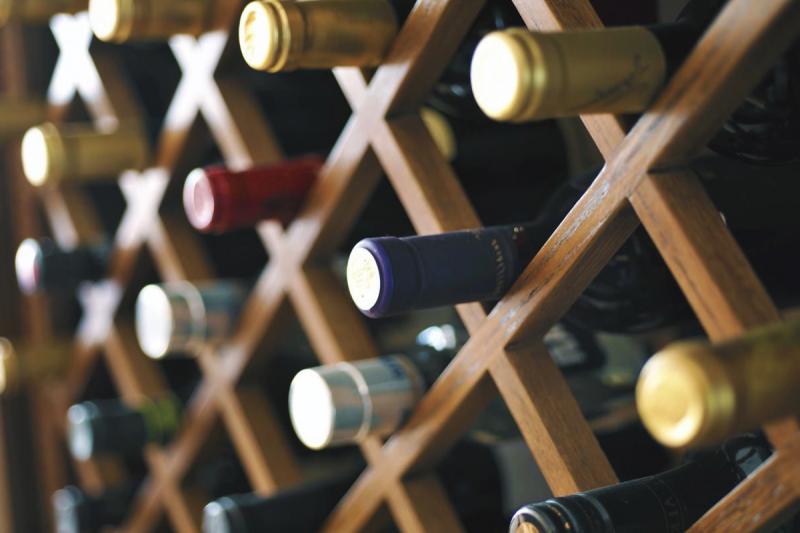Last week, Jean McAboy sent me a note: "Hi John, please clarify your ratings, they sometimes disagree with other critical commentary." Here is a review of my criteria. I ignore wines I find unappealing, unless they are a total rip-off. I also eschew wines rated less than 86 points, not because they don't have worth, but because there is so much product. I don't screen for them, unless they are presented at an event and found an exceptional value. I add price points for those I designate as having good QPR (quality/price ratio). Longtimers will remember several diatribes directed toward critics who rarely broach 90 points awarded for inexpensive, less trendy, varietal wines. When was the last time you saw a great "fruit wine" such as Nassau Valley Vineyards Peach Ambrosia, True Blue or True Blue Reserve scored above 90, notwithstanding winning gold, silver and bronze medals at U.S. and international events?
That said, I then follow a screed with five blocks of 10 points each. Yes, I'm aware that equals 50 points. Most of us deal in 100 percent, and I am excluding any wine that fails the 50 percent level in any category: No. 1 color and clarity; No. 2 aroma, which means singular smell, and bouquet, several aromas; No. 3 attack and finish. No. 4, palate, includes the only six perceptions that occur on the palate: acidity, astringency, bitterness, salt, sugar and umami (mouthfeel); No. 5, flavor, is the combination of the first five as they appear to your brain. Many neophyte tasters will confuse flavor with aromas sensed by the olfactory system. The most notable example is when they describe a very fruity wine that is completely dry as being sweet, when in fact the only area in the mouth that detects sweetness is the tip of the tongue. Aromas are detected by the olfactory bulb just above the juncture of the nasal passage and throat. Once I evaluate each category, I aggregate the score, then multiply by 2. At this point I will add price points if warranted or addend a better buy example.
This just in, Georges DuBoeuf Jean-Ernest Descombes Morgon Cote du Py 2015 is findable under $200/case, and I've seen some for sale under $19/bottle. This label consistently ranks 88-89 points. However, if you buy a case it gets 2 price points. By the way, although Beaujolais is a Burgundian red, it is not made of Pinot Noir. Rather, Gamay Noir à Jus Blanc is the proper varietal name of the grape. We "Muricens" name it Gamay Beaujolais. Unlike its pale, indistinct, fruity counterpart, Beaujolais Nouveau, Morgon du Py is a single-vineyard cru Beaujolais and will age several years. James Suckling was effusive in his praise, awarding 94 points. I thought 91 was more appropriate. Intense dark color for Gamay; the nose was a pronounced bouquet including ripe blackberry, blueberry, possibly cherry and some gravelly minerality. The balanced palate was slightly tannic indicating a year in the cellar would improve, but it is very drinkable now.
Many critics wrote off Bordeaux Pessac-Leognan (Graves) 2014 as a bad year. Following here pays off. I mine bad years like a Bitcoin miner and usually find the coin. Domaine de Chevalier Rouge is a good example. Blended of 65 percent Cab, 30 Merlot and 5 Petit Verdot, it's a fairly typical blend in this region. Due to cool weather, the Merlot came in late, and it truly augmented the wine's quality. A lovely mixed bouquet of raspberries and red currants with a slight tint of iodine and oak rides a balanced, medium-bodied palate. At this point the tannins are slightly elevated, but the frame and dark color are indicative that these will be extremely attractive with four years in your cellar. In good years, Chevalier Rouge enters around $75. The 2014 is findable at $55, and case buyers may be able to do better. I was initially prompted to take a look by a comment from one of my gurus, Anthony Galloni, "A total knockout!" Amen, brother Tony, amen.
















































